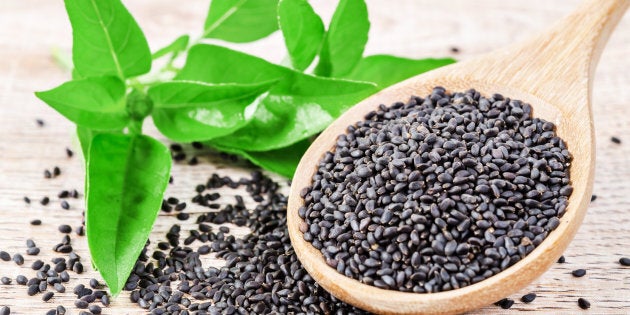
"If I'm an advocate for anything, it's to move. As far as you can, as much as you can. Across the ocean, or simply across the river. Walk in someone else's shoes or at least eat their food. It's a plus for everybody." — Anthony Bourdain
The late, great chef and beloved foodie celebrity arguably knew better than anyone else that food feeds our souls while it fuels our bodies. It ties us to our cultural backgrounds and transports us back to special memories. Food helps bring us together, teaches others about who we are, and exposes us to other cultures and their histories. And as the foundation of our health, the right foods and ingredients can keep us feeling and looking great.
With this in mind, we reached out to some notable dietitians — to help us expand our palates, and take us around the world without actually boarding a plane — to get the scoop on healthy ingredients to add to your diet, if you haven't already.
Dietitian: Michelle Jaelin, president of NutritionArtist.com; a creative food brand.

Ingredient:Nopales (cactus leaf)
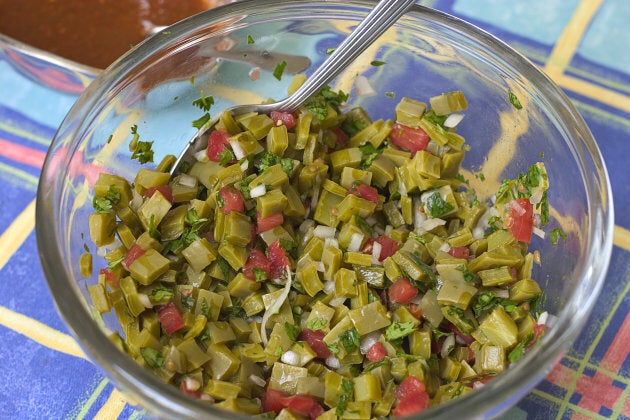
Origin: Mexico and Central America
Notes: Nopalitos (nopales that are diced or cut into strips) are available canned (pickled or packed in water).
How it's generally used: Nopales are often used in scrambled eggs and salads. It's a great way to add a plant-based food to your morning eggs.
Health benefits: High in fibre, vitamins A, B and C, and iron.
The best time of year to consume it: Spring until late fall, but note that it is found in Canada only as an import.
Ingredient:Bamboo shoots
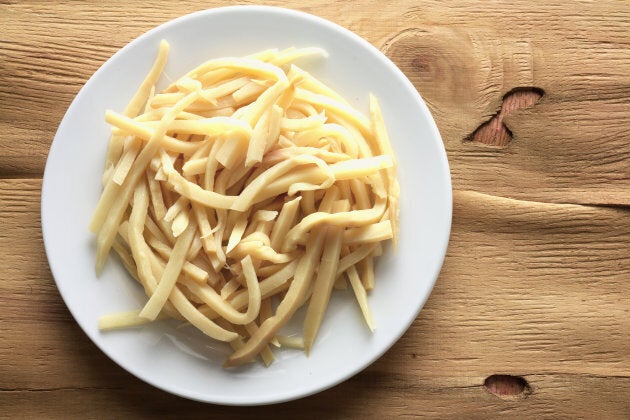
Origin: East Asia
Notes: Unlike mature bamboo, which is strong and hard, bamboo shoots are "baby bamboo," so these are the tender sprouts.
How it's generally used: Often in stir-fry dishes, spring rolls and curries.
Health benefits: High in fibre, vitamins A and B, phosphorus, magnesium and zinc.
The best time of year to consume it: Most markets will carry the canned variety year round.
Ingredient: Ube (purple yam)
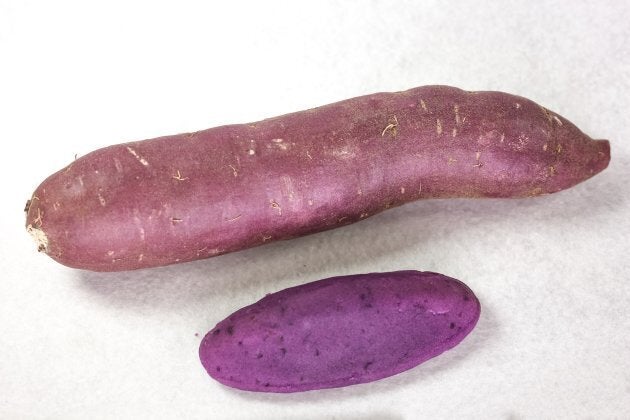
Origin: The Philippines
Notes: Ube is similar to taro, but they are not the same. It's often used in Filipino dishes.
How it's generally used: In desserts such as pastries, cakes and ice cream.
Health benefits: Because of the purple colour, ube is high in anthocyanins, an antioxidant also found in blueberries, purple cabbage and red grapes. Ube is also a great source of fibre.
The best time of year to consume it: May to October for its peak season, November to March for its less robust season.
Dietitian:Nazima Qureshi RD, nutrition expert

Ingredient:Basil seeds
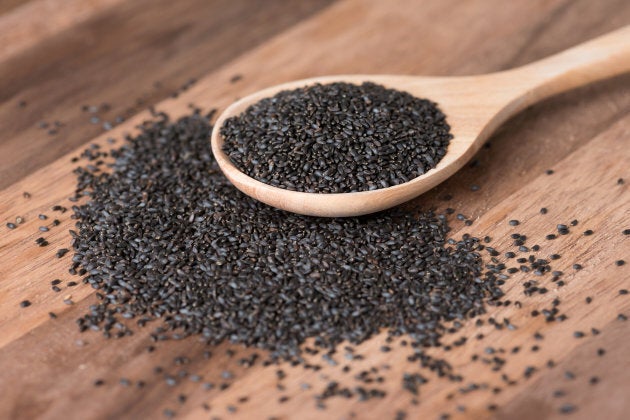
Origin: South Asia
Notes: They are also called Thai basil seeds, falooda, sabja, subza, selasih or tukmaria.
How it's generally used: Like chia seeds, basil seeds become gelatinous when soaked in water. It is often used in a South Asian dessert called falooda, but to maximize the health benefit, you'll want to limit the sugar. You can use basil seeds in smoothies, oatmeal, and homemade bars/energy bites.
Health benefits: Great source of fibre, making them beneficial for improving digestion and also managing blood sugar levels.
The best time of year to consume it: Since they are dried seeds, they can easily be found and consumed year round. They are refreshing in homemade juices in the summertime.
Dietitian: Mikahelia Harris-Saunders

Ingredient:Sorrel (popularly known in West Africa as hibiscus plant flower)
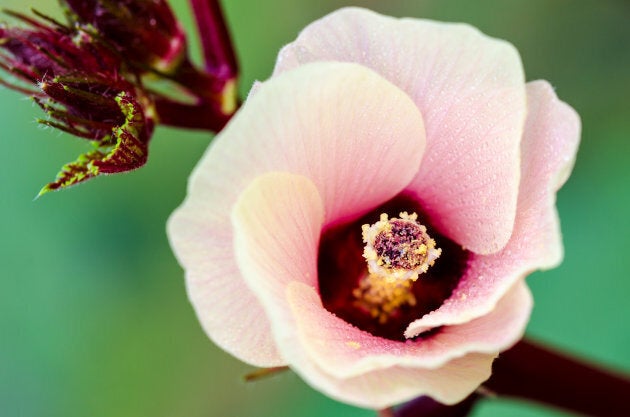
Origin: West Africa
Notes: Sorrel is a perennial herb that belongs in the knotweed family along with rhubarb and buckwheat. The term "knotweed" comes from the little nodes on the stems of some of the plants.
How it's generally used: It's usually steeped to make tea or a traditional Jamaican spiced beverage simply called sorrel. It can also add a nice zing to seafood, mild-flavoured meats like poultry, and smoothies or salads.
Health benefits: Sorrel is packed with vitamins A and C and potassium. It also has a diuretic effect that may help reduce hypertension.
Best time of year to consume it: The blossoms are usually harvested between October to February and can be found fresh in certain West Indian stores during this time. Dried blossoms can be found year-round.
Ingredient: Mature coconut
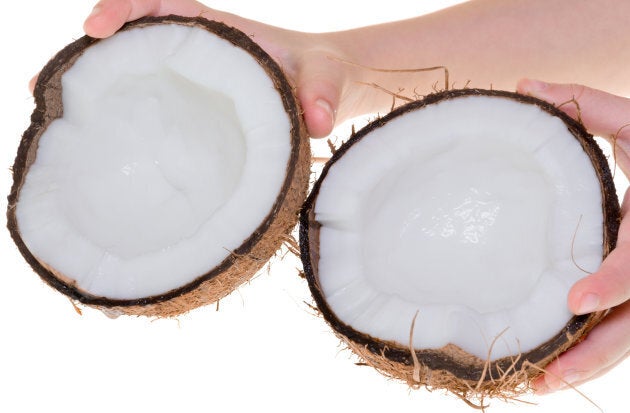
Origin: South Asia
Notes: A mature coconut reaches this growth stage after the seed dries and its husk falls off. The interior loses its jelly and there is little to no coconut water left inside.
How it's generally used: It's prepared by cracking the seed with a hammer and separating the white flesh from the brown husk. The flesh is grated or chopped to make desserts, such as coconut drops or pone, or processed to make coconut oil for frying or coconut cream for rice and peas or pumpkin soups.
Health benefits: A good source of fibre, potassium and phosphorus. However, it also contains a lot of saturated fat, which, when consumed on a regular basis or in large amounts, can increase one's risk of developing cardiovascular disease.
Best time of year to consume it: Mature coconut can be found in many West Indian or Asian grocery stores throughout the year.
Ingredient: Pimento (allspice, pimenta, myrtle pepper)
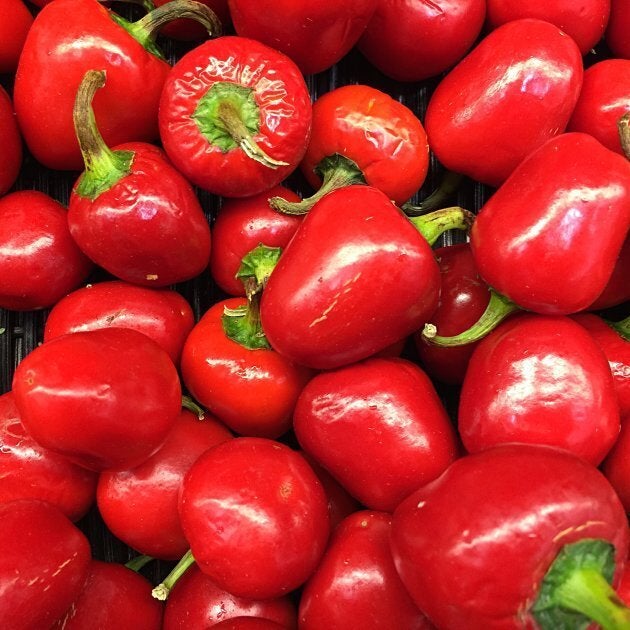
Origin: Parts of the Caribbean (including Jamaica), southern Mexico and Central America
Notes: This nightshade is also known as a cherry pepper because of its red colour and round shape. If you suffer from chronic heartburn or irritable bowel syndrome (IBS), consuming pimentos, or any other spicy nightshade, is not advised.
How it's generally used: The seeds can be used whole or ground when cooking soups, stews or meats. In Jamaica and the Caribbean, it is also used to flavour side dishes, such as rice and peas. It's commonly diced and stuffed into Spanish or Manzanilla olives in Mediterranean cuisine.
Health benefits: It's loaded with vitamins A and C, both powerful antioxidants that promote a healthy immune system and help strengthen your skin, teeth, and blood vessels. Pimentos also contain approximately three per cent of the daily recommended amount of folate, which is good for pregnant women. The vitamin K found in this wee pepper helps prevent osteoporosis and aids in the absorption of vitamin D. It's also a great substitute for salt as pimento is packed with flavour, minus the sodium. It also contains small amounts of calcium, potassium and beta-carotene.
Best time of year to consume it: Pimento is processed, dried and exported after harvesting throughout the year, making it accessible to Canadians in grocery stores year round.
Ingredient:Thyme
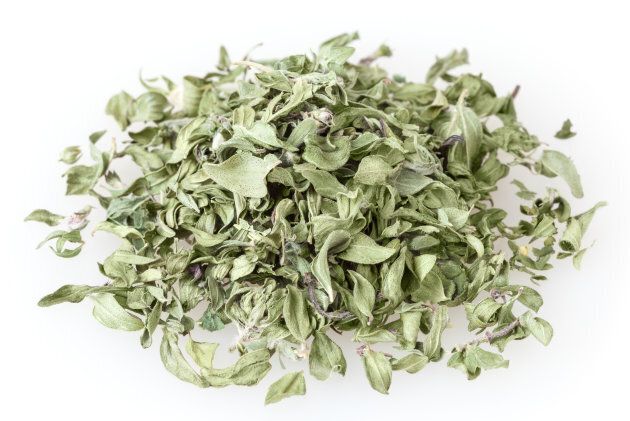
Origin: South Asian, Mediterranean
Notes: Thyme is thought to have antibacterial, insecticidal, and possibly anti-fungal properties. People have used thyme throughout history for embalming and to protect against the Great Plague, a.k.a. Black Death. Forms of thyme include fresh and dried herbs, and essential oil.
How it's generally used: Used fresh or dried in soups (e.g. pepper pot, split peas, pumpkin), stews (e.g. curried chicken, curried goat, stewed chicken, stewed beans), grilled meats (e.g. jerked chicken, grilled fish).
Health benefits: Contains essential oils that are considered to be antispasmodic (calms muscles). It can be used to calm coughs and muscle aches. From a nutrition point of view, it is an ideal salt replacement for stews, soups, and side dishes, adding tons of flavour to help reduce the need for added salt.
Best time of year to consume it: Thyme is a perennial plant that grows year-round in the Mediterranean, tropical and temperate climates. In Canada, it can even grow through mild frost or in an indoor spice garden. Enjoy this herb year-round from your garden or local grocery store.
Ingredient: Lime

Origin: Wild limes probably originated in the Indonesian archipelago or the nearby mainland of Asia.
Notes: Limes exceed lemons in both acid and sugar content.
How it's generally used: In Jamaican cuisine, it is used to clean and marinate meats, such as chicken and fish, or as a base for beverages such as lime and honey tea or limeade.
Health benefits: Lime is a source of vitamin C and it contains pectin, which positively benefits your cholesterol levels. Limes also contain potassium, which, according to the American Heart Association, can help to relieve tension in the walls of your blood vessels and lower blood pressure.
It's useful for clearing stuffed noses, soothing sore throats, and waking the mind.
Best time of year to consume it: Limes can be found in most grocery stores throughout the year.
Ingredient: Jamaican curry powder

Origin: Jamaica but inspired by Indian curry powder.
Notes: Curry powder was brought to Jamaica when indentured workers from India travelled to the Caribbean, mostly for work. Indian-Jamaicans created their own version of the spice by adding certain native spices to the mix, including pimento and dried scotch bonnet peppers.
How it's generally used: Added to stews such as Jamaican curried chicken, curried goat, curried fish or even curried beans.
Health benefits: The varying herbs found in curry powder have a variety of health benefits. For example, ginger helps with nausea and vomiting and has even been used to help with drowsiness; turmeric has been found to help with digestion, joint pain and other forms of inflammation.
Best time of year to consume it: Jamaican curry powders can be found at your local West Indian store all year.
Also on HuffPost: